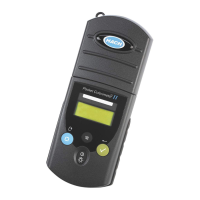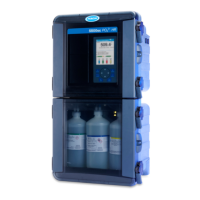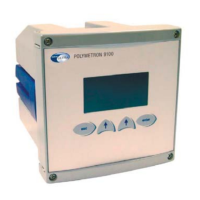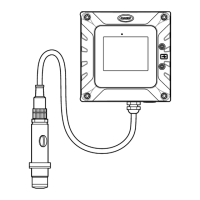1—66
Chlorine Dioxide, continued
also interfere depending on their ability to prevent Glycine from reacting with any
chlorine in the sample. It may be necessary to add more Glycine to overcome this
interference.
Summary of Method
Twenty percent of the chlorine in the chlorine dioxide is reduced to chlorite, which
reacts with DPD (N,N-diethyl-p-phenylenediamine) indicator to form a pink color.
The color intensity is proportional to the ClO
2
in the sample. Chlorine interference is
eliminated by adding Glycine Reagent, which converts free chlorine to
chloroaminoascorbic acid, but has no effect on chlorine dioxide at the test pH.
Reagents and Apparatus
Required Reagents (Using Powder Pillows)
Description Units Cat. No.
ClO
2
DPD Powder Pillow/Glycine Reagent Set (100 tests)..................... ..... 27709-00
Includes:
(1) DPD Free Chlorine Reagent Powder Pillows, 100/pkg
(1) Glycine Reagent, 29 mL

